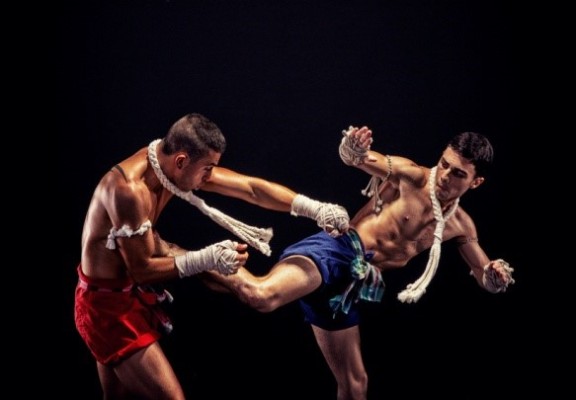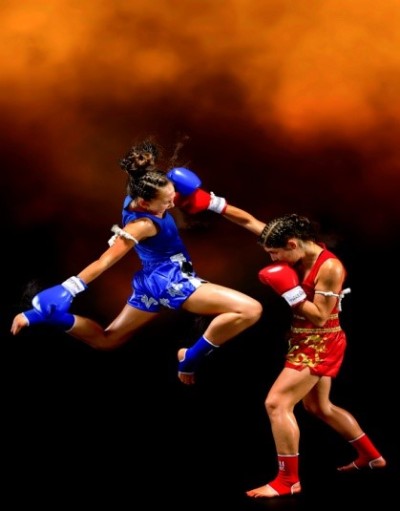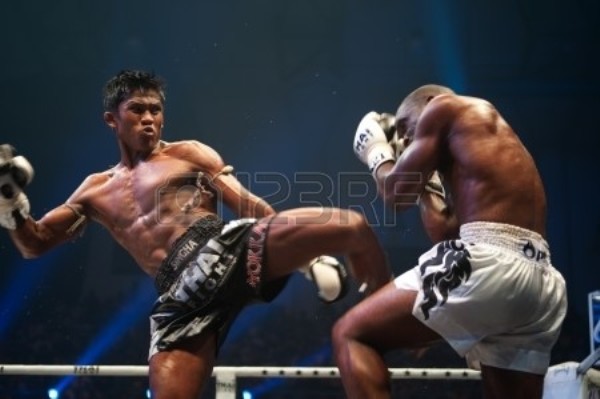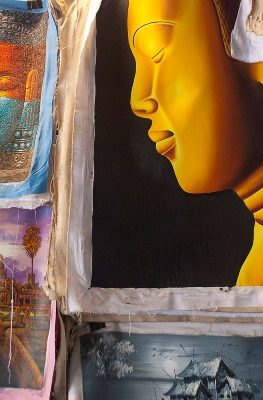Published on March 16, 2015
Thai boxing, the national sport and cultural martial art of Thailand, locally known as Muay Thai, is popular far beyond its borders. Yet, it took a while, to be more precise several hundreds of years after its origin, before it was recognized by the Olympic Committee and lifted to an Olympic sport, recently.
Originally developing as a form of close combat that utilizes the entire body as a weapon, formal Muay Thai is often viewed as a fighting art of slow destruction where opponents exchange blow for blow with one another. This certainly is the case with traditional stylists in Thailand, but much less popular amongst the contemporary fighting world circuit. It has a great variety of techniques divided into major (mae mai) and minor (luk mai) ones.

Internationally, Muay Thai became widespread in the twentieth century, when practitioners defeated prominent specialists of other martial arts. In addition, due to evident national popularity, it began to garner international recognition and exposure. In World War II, after formally being introduced to the sport, foreigners named it simply “Siam Boxing”, using Thailand’s former name. The French labelled it as “Le Sport Orient” or the fighting style of the Orient. Soldiers from Europe and America would watch attentively as the Thai soldiers practiced Muay Thai amongst themselves. So impressed they were with the style of fighting that they asked the Thai soldiers to teach them the fundamentals and traditions.
Muay Thai in practice; Source: Tourism Authority of Thailand
Becoming more popular internationally, the rules were changed so as to better organize and govern the sport like established sports; such as, boxing. In the 1920′s, to replace open courtyards, rings were introduced, which ultimately entrenched modern Muay Thai. Gloves, similar to those used in boxing matches replaced the old horsehide, hemp rope or leather bindings and a hard-cover groin protector was added as extra protection from brutal kicks and knees.
Rings, modern boxing gloves and groin protectors laid the foundation of modern Muay Thai
Source: Tourism Authority of Thailand

The first formal rules of the sport were introduced after the end of World War II. Fights were divided into 5 rounds with a time limit on each; a clock was used to determine the length of each round instead of a coconut shell with holes, sinking in a barrel of water; and major Muay Thai stadiums were erected in large cities throughout the country (Bangkok, Sukhothai and Chiang Mai). Bangkok’s Lumpini Stadium is now regarded as the “holy ground” by the masses of Muay Thai fighters, local and foreign alike. An integrated system of weight classes, absolute rules and championships was brought to life in the years thereafter as the organization of the sport gradually began to resemble boxing.

Today Muay Thai is gaining popularity on a global scale; the deserved recognition as an Olympic sport adding to its growing fame. And professional martial artists from all sides of the fighting spectrum agree, Muay Thai is essential to becoming an all-around multifaceted fighter.
As new Muay Thai training camps and gyms open around the world, one can safely bet on the continuation of its growth in popularity.










